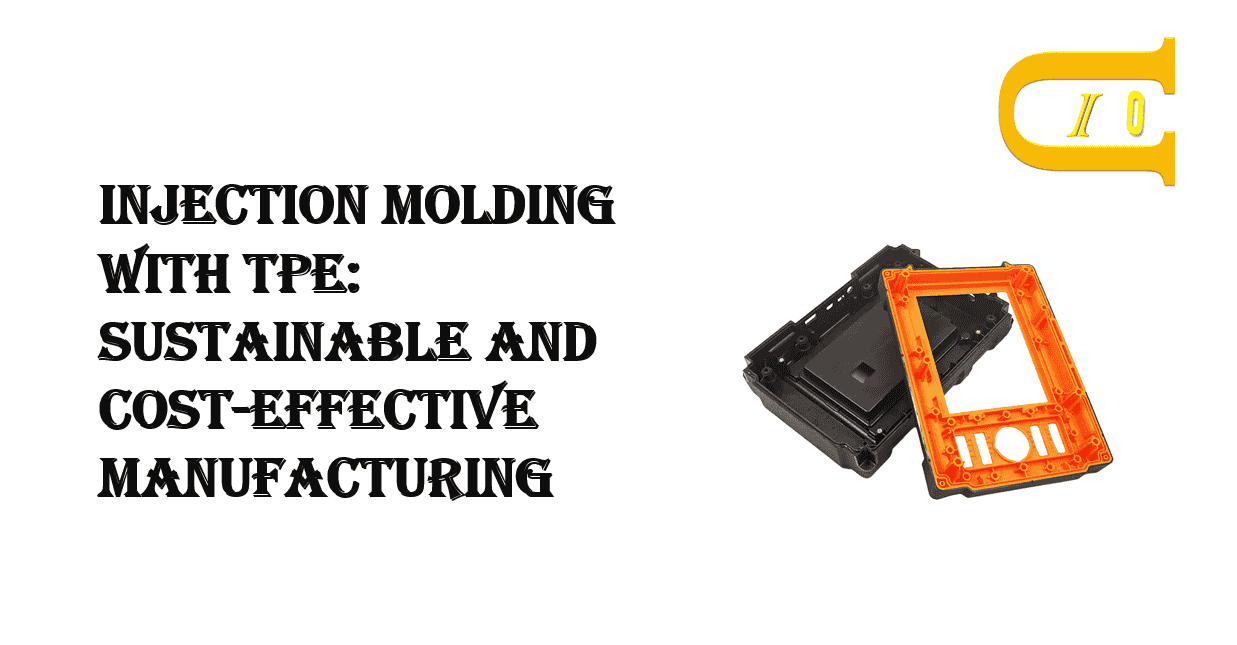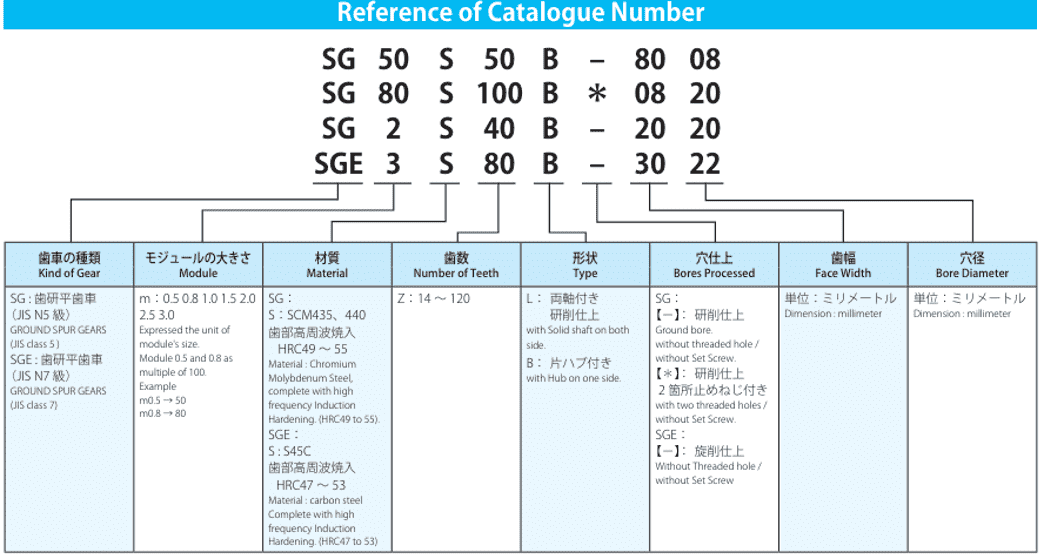Injection Molding with TPE- Sustainable and Cost-Effective Manufacturing

Injection Molding with TPE: Sustainable and Cost-Effective Manufacturing
In today's manufacturing landscape, sustainability and cost-efficiency are key drivers of innovation. Industries across the globe are continuously seeking ways to reduce costs while minimizing their environmental impact. One solution that has emerged as both sustainable and cost-effective is the use of Thermoplastic Elastomers (TPE) in injection molding. This advanced material, combined with the precision of injection molding, offers numerous benefits for manufacturers aiming to achieve high-quality products with reduced environmental footprints.
Table of Contents
- Introduction
- What is TPE and Why Choose It for Injection Molding?
- The Benefits of TPE Injection Molding for Sustainable Manufacturing
- The Cost-Effectiveness of TPE Injection Molding
- TPE Injection Molding in Various Industries
- Conclusion
What is TPE and Why Choose It for Injection Molding?
Thermoplastic Elastomers (TPE) are a class of materials that combine the best properties of rubber and plastic. They are flexible, durable, and can be easily molded using traditional plastic processing techniques like injection molding. Unlike conventional thermosets, TPE materials can be reprocessed and recycled, making them an attractive option for sustainable manufacturing practices.
TPE injection molding is the process of injecting melted TPE material into a mold to create a wide range of products, from medical devices and automotive parts to consumer goods. The versatility of TPE, coupled with the precision of injection molding, allows manufacturers to create complex designs with exceptional detail and functionality.
The Benefits of TPE Injection Molding for Sustainable Manufacturing
-
Recyclability and Reduced Waste
One of the main advantages of using TPE for injection molding is its recyclability. Unlike traditional rubber or plastic materials, TPEs can be melted and reformed without losing their inherent properties. This allows manufacturers to reuse scrap material, significantly reducing production waste. By adopting TPE injection molding, companies can ensure that less material ends up in landfills, making the process more sustainable.
-
Energy Efficiency
TPE injection molding processes typically require less energy compared to other types of injection molding. This is because TPE has lower processing temperatures than many other materials, reducing the amount of energy required for melting and shaping the material. The lower energy consumption contributes to overall cost savings, making cost-effective molding a reality for businesses.
-
No Toxic Emissions
TPE is a non-toxic material, and when used in injection molding, it does not produce harmful emissions during the manufacturing process. Unlike certain other plastics, TPE does not release hazardous chemicals when heated, which is beneficial for both worker safety and environmental health. This makes sustainable injection molding even more effective for industries focused on reducing their ecological footprint.
-
Long Product Lifespan
TPE is known for its durability and excellent weather resistance. Products made from TPE can withstand harsh environmental conditions such as UV exposure, high temperatures, and moisture, making them ideal for outdoor applications. This enhanced longevity reduces the frequency of replacement, further contributing to sustainability by minimizing the consumption of resources and reducing waste over time.
-
Customization and Versatility
The ability to customize the properties of TPE gives manufacturers the flexibility to produce a wide range of products with varying hardness, flexibility, and durability. This versatility makes it suitable for a variety of applications, from automotive components to medical devices. Moreover, TPE can be blended with other materials to achieve specific performance characteristics, such as improved resistance to abrasion or better chemical stability. This flexibility leads to cost-effective molding by allowing manufacturers to optimize material usage and performance.
The Cost-Effectiveness of TPE Injection Molding
In addition to being environmentally friendly, TPE injection molding offers a highly cost-effective solution for manufacturers. Here's how:
-
Lower Material Costs
TPE materials are generally less expensive than many other elastomers and thermoplastics. This cost advantage, coupled with their recyclability, helps companies lower overall material costs. Moreover, TPE’s excellent flow properties allow for faster and more efficient molding, which reduces production time and labor costs.
-
Fewer Post-Processing Steps
TPEs often require fewer post-processing steps compared to other materials. Their ability to form complex shapes in a single molding cycle means that additional processes, such as trimming or finishing, are minimized. This streamlined approach results in lower labor costs and faster turnaround times.
-
Durability and Reduced Maintenance
The durability of TPE products translates to fewer warranty claims and less frequent maintenance. This is particularly advantageous for products used in high-wear environments, such as automotive parts or industrial applications. The long lifespan of TPE components helps businesses avoid the costs associated with frequent replacements, making it a cost-effective molding solution over the long term.
-
Tooling Savings
Injection molding with TPE typically requires less expensive tooling than other materials like metals or thermosets. TPE’s flexibility allows for faster production cycles, reducing tooling wear and tear. Additionally, because TPE is easier to process, manufacturers can use simpler molds, which reduces initial setup costs and extends the lifespan of the equipment.
TPE Injection Molding in Various Industries
TPE injection molding has found applications in a wide variety of industries. Some key areas where TPE is making an impact include:
- Automotive: TPEs are used for seals, gaskets, and soft-touch components that require durability and resistance to harsh conditions.
- Medical Devices: TPE is used for medical applications like syringes, catheters, and seals due to its biocompatibility, non-toxicity, and ease of sterilization.
- Consumer Goods: TPE is widely used for household products, from toothbrushes to kitchen utensils, because of its flexibility and comfort.
- Electronics: TPE is used for protective covers, gaskets, and insulation due to its excellent electrical properties and resistance to moisture.
Conclusion
Incorporating TPE injection molding into the production process offers significant advantages for businesses looking to balance sustainability with cost-efficiency. With its recyclability, energy efficiency, non-toxic properties, and long-lasting durability, TPE helps companies reduce waste, cut down on material costs, and produce high-quality products. As industries continue to embrace sustainable practices, TPE injection molding stands out as a solution that meets both environmental and economic goals. By choosing TPE, manufacturers can lead the way toward a more sustainable, cost-effective future in the world of injection molding.
Related Products
Here are some relevant statistics and facts to enhance the article on "Injection Molding with TPE: Sustainable and Cost-Effective Manufacturing":
1. Recyclability and Reduced Waste
- According to the American Chemistry Council, the recycling rate for thermoplastic elastomers (TPEs) is increasing due to the material's ability to be reused multiple times without degrading its properties.
- Plastic recycling rates globally are estimated to be around 9%, but TPE materials, which are often used in injection molding, can have higher recycling rates due to their thermoplastic nature, allowing them to be remelted and reprocessed.
2. Energy Efficiency
- Energy use in plastic injection molding can be reduced by as much as 30-40% when switching from traditional thermoset materials to TPEs, due to the lower processing temperatures required for TPEs.
- A report by the Institute for Energy and Environmental Research found that reducing energy consumption in manufacturing processes, such as molding, can cut operational costs and reduce a facility’s overall carbon footprint by 15-20% annually.
3. Environmental Benefits
- TPE is non-toxic, and unlike PVC or other plastics, it does not release harmful chemicals such as chlorine or phthalates during the molding process, making it a more environmentally friendly choice for sustainable manufacturing practices.
- The U.S. Environmental Protection Agency (EPA) has found that replacing traditional rubber and plastics with TPEs can reduce the environmental footprint of products by minimizing the release of harmful substances during both production and disposal.
4. Cost-Effectiveness
- TPE materials can reduce production costs by up to 20-30% when compared to conventional rubber and thermoset materials, thanks to faster processing times and the reduced need for post-processing steps.
- Tooling costs for TPE injection molding are often lower, as TPE's ability to flow easily during molding leads to quicker cycle times and less wear and tear on molds. This can reduce mold maintenance costs by as much as 10-15%.
5. Durability and Product Lifespan
- TPEs are known for their excellent durability, which makes them suitable for products exposed to extreme weather or harsh environments. TPE components, especially those used in automotive and industrial applications, can last up to 50% longer than components made from conventional materials.
- The automotive industry reports that TPE seals and gaskets last 2-3 times longer than traditional rubber seals, leading to fewer replacements and less waste over time.
6. Versatility and Customization
- TPEs can be customized for specific applications by varying their hardness and flexibility. For example, over 30 different grades of TPEs exist, allowing manufacturers to optimize material properties for their specific needs (e.g., soft-touch finishes for consumer products, tough materials for industrial parts).
- TPE’s use in medical devices has expanded due to its biocompatibility. For example, approximately 50% of all medical devices now incorporate TPE components, thanks to their ability to be sterilized and their non-toxic properties.






